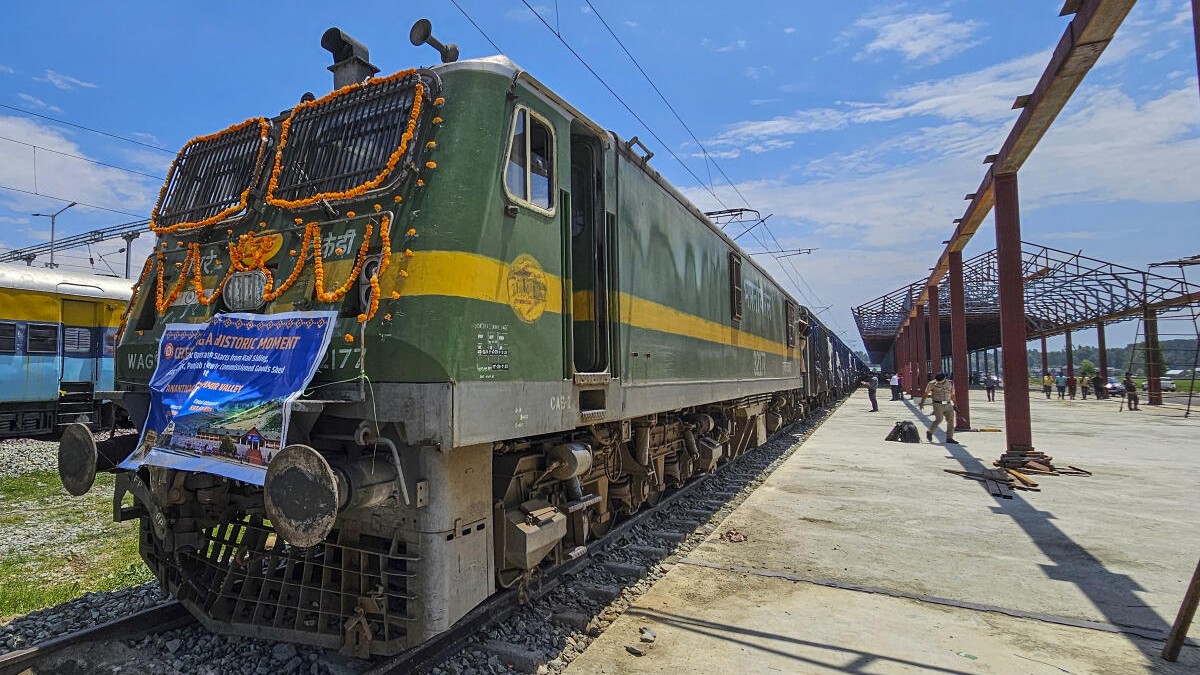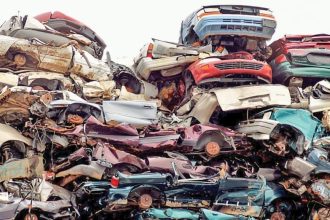Jammu, Aug 9 – History was made in the Kashmir Valley this morning as Anantnag Railway Station welcomed its first-ever freight train, marking a milestone moment in the region’s journey toward better connectivity and economic growth. The train, carrying 21 wagons loaded with cement from Rupnagar, Punjab, rolled into the newly commissioned Anantnag Goods Shed, bridging a critical gap between Kashmir and India’s national freight network.
For many present, it wasn’t just the arrival of a train – it was the arrival of hope. “This is a historic development for regional connectivity. Freight trains carrying cement will accelerate infrastructure projects and improve living standards for the people of Kashmir,” said Uchit Singhal, Senior Divisional Commercial Manager, Jammu Railway Division of Northern Railway.
The journey, spanning nearly 600 km, was completed in less than 18 hours. Precision planning went into the operation – from placing the freight request late on August 7 to completing loading by the evening of August 8, and finally departing Punjab at 6:55 pm. Powered by a modern Electric WAG-9 locomotive, the train’s arrival showcased the efficiency of India’s rail network.
For traders and business owners, this wasn’t just about cement – it was about possibilities. “Earlier, we struggled with logistics. Now we can take our fruits and horticulture produce directly to markets across India, ensuring better prices and fresher produce,” said one elated trader.
Kashmir’s unique produce – apples, walnuts, almonds, apricots, cherries, saffron, and Pashmina – could soon travel faster and fresher, both within India and to international markets. Railway authorities see this as a game-changer for the Valley’s GI-tagged products, essential oils, and floriculture, opening new doors for exports.
The arrival of the first freight train is more than a logistical achievement; it’s a symbol of integration, progress, and opportunity. For the people of Kashmir, it’s the promise of a future that moves faster, connects wider, and reaches higher.








